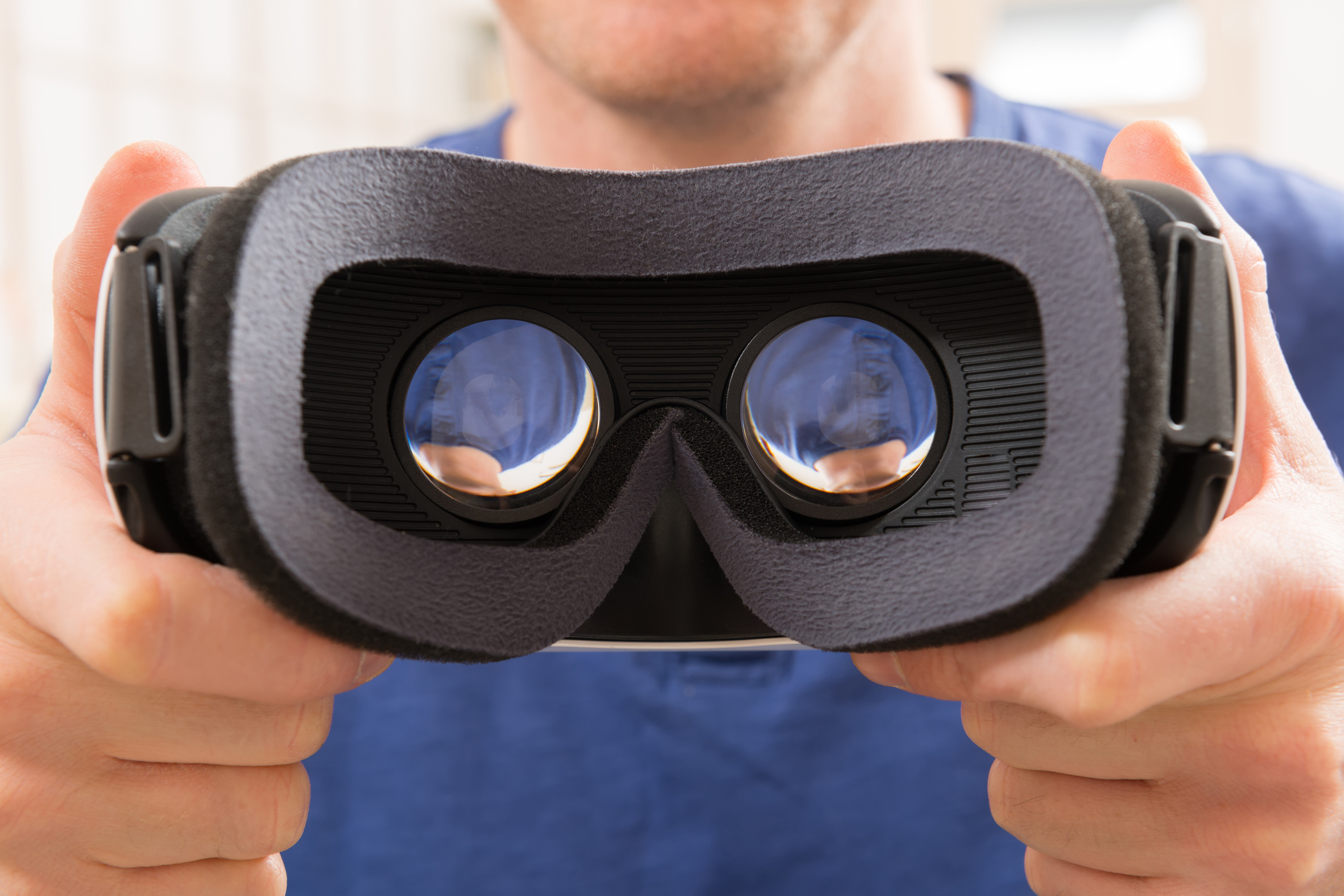What Happened
If an ad is placed nearby but no one actually turned around to see it, does it still count? HTC aims to solve this good ol’ ad visibility issue in virtual reality with a new VR ad service it introduced at the 2017 VIVE Ecosystem Conference. The VR Ad Service will make it easier for developers to integrate a number of ad styles into their games hosted on Viveport, the company’s digital distribution platform. It uses the headset’s integrated head tracking technology to track whether the users have actually seen them or turned away their gaze, and therefore determining ad revenues based on verified impressions.
What Brands Need To Do
This new ad product for HTC’s platform points to the future of accountable VR advertising, incentivizing VR developers with a solid monetization tool to produce engaging content and games for its Viveport platform. For brands, this opens up a valuable channel that they can leverage to explore immersive ads in virtual reality and start figuring out what kind of creatives draws most eyeballs.
How We Can Help
Our dedicated team of VR experts is here to guide marketers through the distribution landscape. We work closely with brands to develop sustainable VR content strategies to promote branded VR and 360 video content across various apps and platforms. With our proprietary technology stack powered by a combination of best-in-class VR partners and backed by the media fire-power of IPG Mediabrands, we offer customized solutions for distributing and measuring branded VR content that truly enhance brand messaging and contribute to the campaign objectives.
If you’d like to learn more about how the Lab can help you tap into the immersive power of VR content to engage with customers, please contact our Client Services Director Samantha Barrett ([email protected]) to schedule a visit to the Lab.
Source: RoadtoVR


 At the Android press event this morning, Google turned the wireless industry on its head. Â On the surface, it looked like Google only introduced a new (albeit very slick) phone, the NexusOne. Â But below the surface, there’s a lot more going on.
At the Android press event this morning, Google turned the wireless industry on its head. Â On the surface, it looked like Google only introduced a new (albeit very slick) phone, the NexusOne. Â But below the surface, there’s a lot more going on.